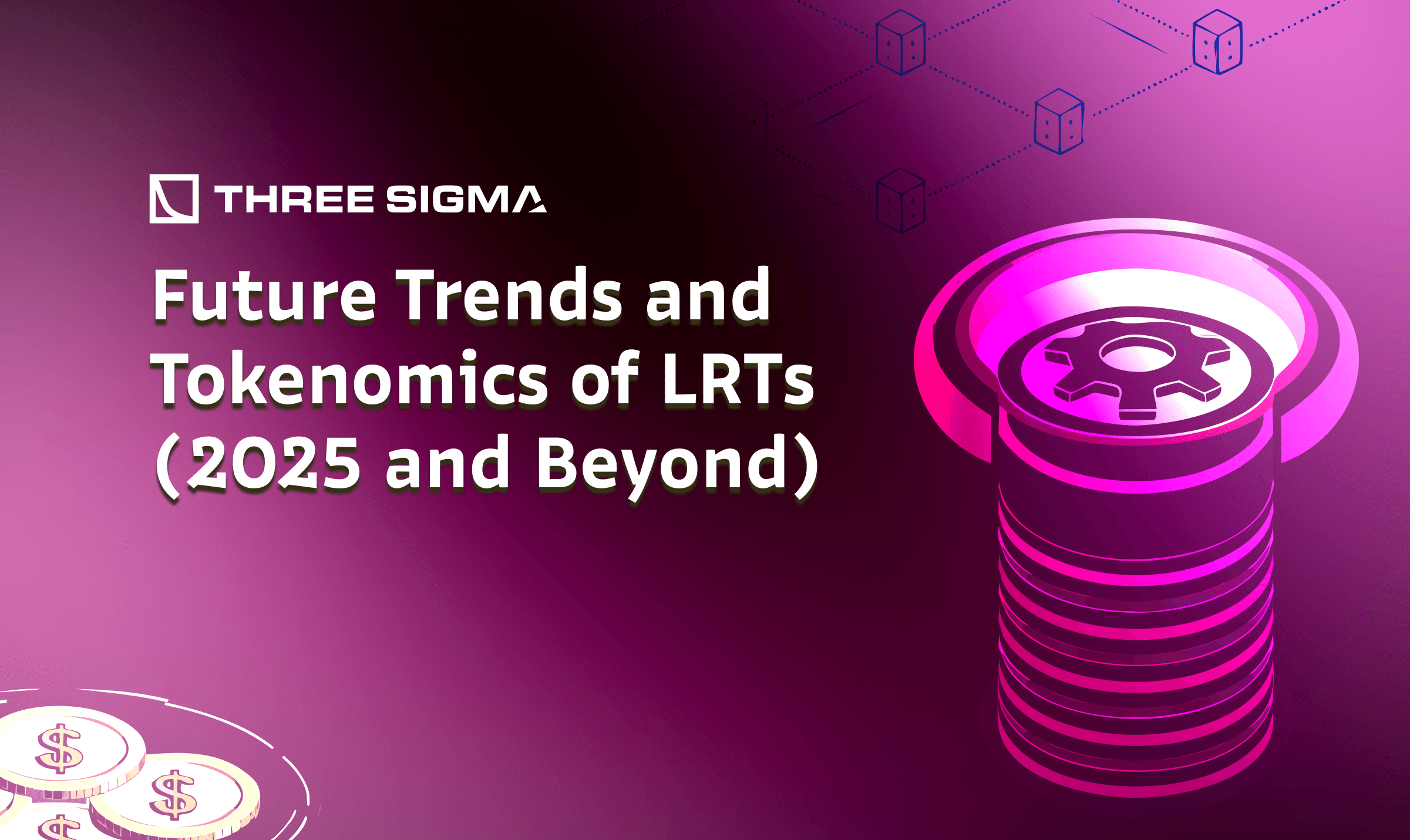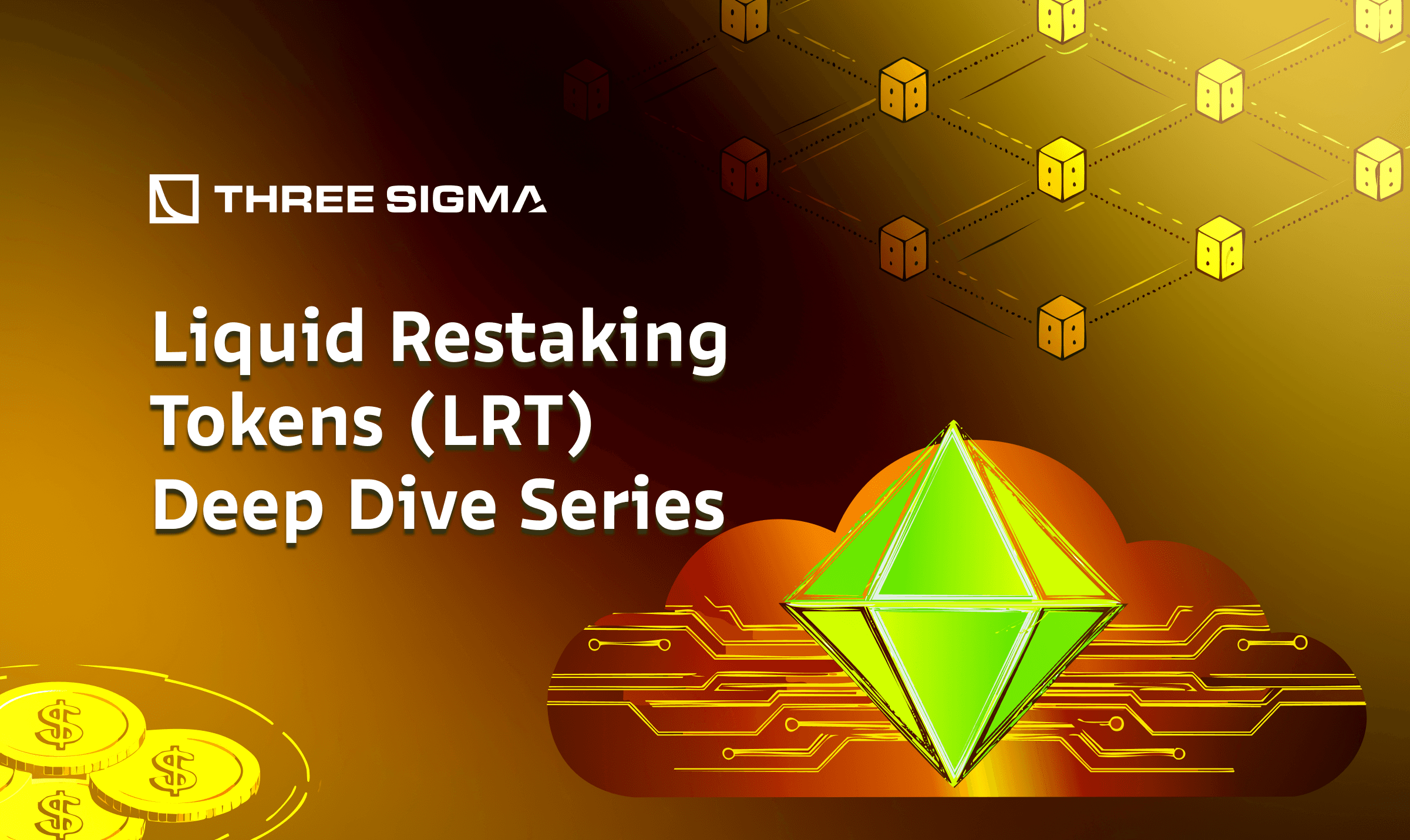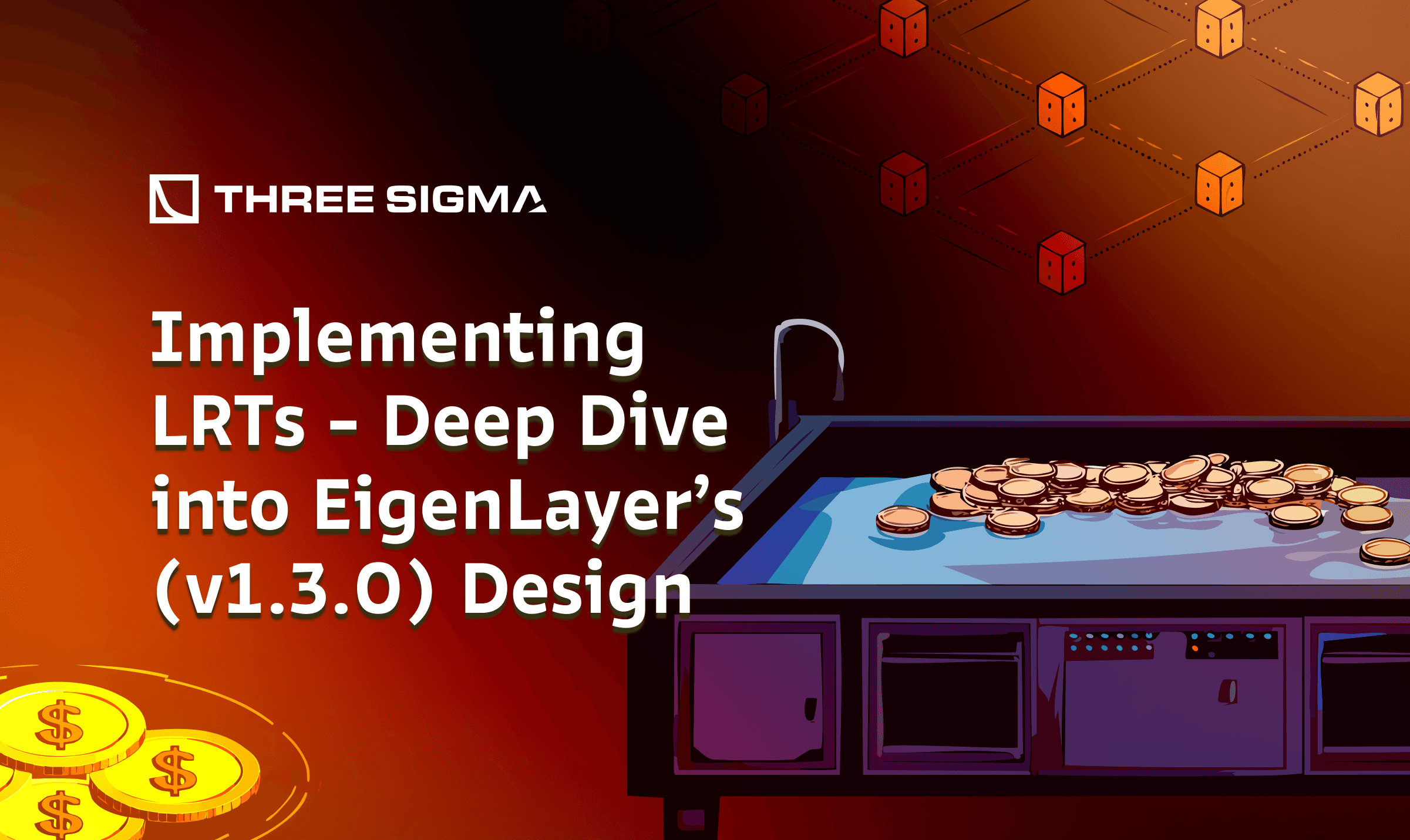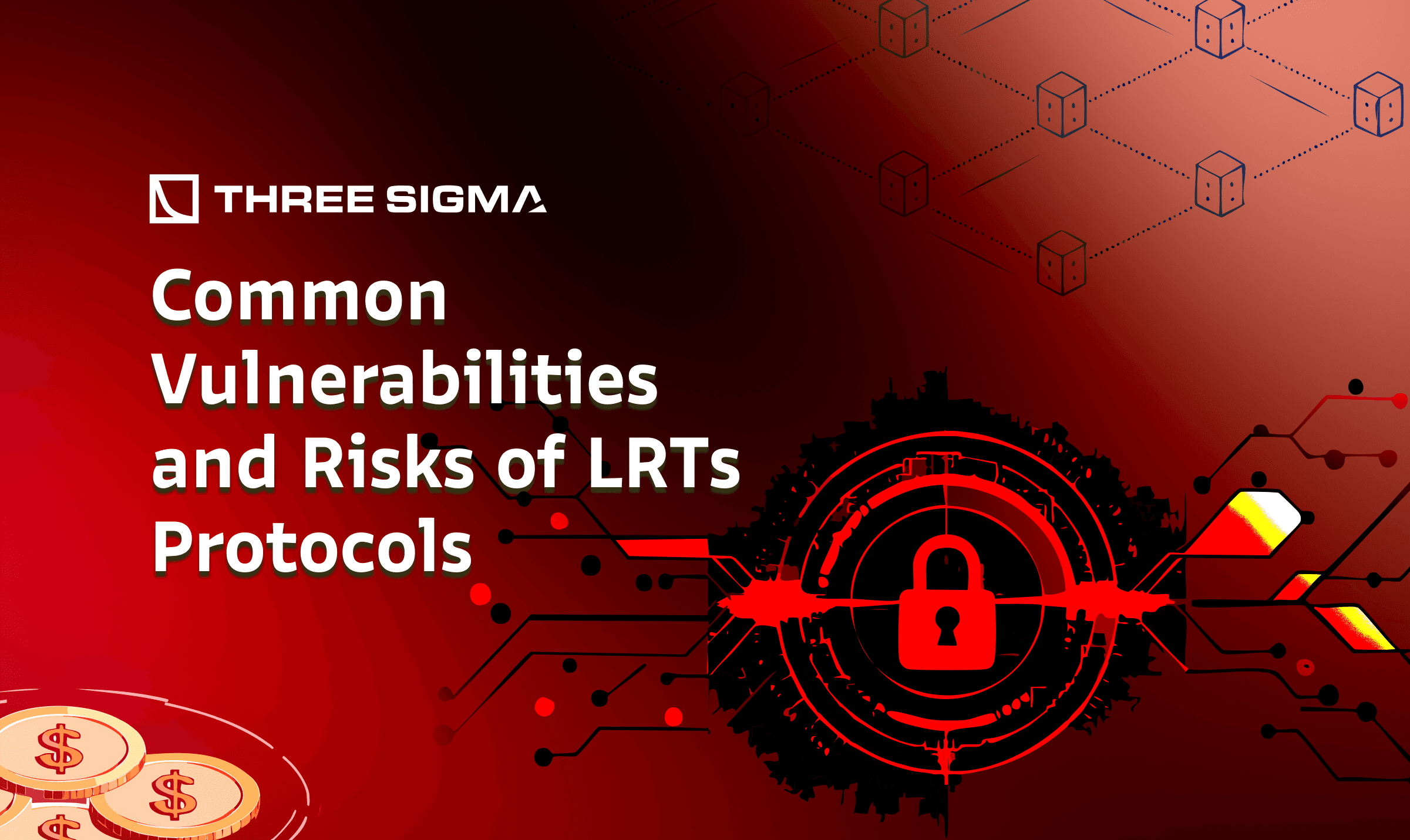Introduction
In Part 3, we discussed how crucial risk management is for liquid restaking protocols. As the space matures, many of those challenges are being actively addressed. In this final part, we’ll shift focus to the future outlook as of mid-2025: emerging trends, improvements in tokenomics, and the broader impact on the blockchain ecosystem. The LRT landscape is rapidly evolving, new protocols are entering, governance tokens are being introduced, and adoption patterns are forming. We will also recap how the lessons from vulnerabilities are steering the design of next-generation LRTs. By understanding where things are headed, developers and auditors can prepare for the next wave of innovation in restaking.
Growth of the LRT Ecosystem
What started with EigenLayer has grown into a whole ecosystem of LRT providers. As of 2025, some of the leading protocols offering LRTs (beyond EigenLayer itself) include projects like EtherFi, Renzo, and Karak, among others. Each is experimenting with different approaches to restaking for example, EtherFi integrates liquid restaking with its non-custodial staking model, Renzo operates as a strategy manager on EigenLayer (somewhat like a hedge fund optimizing restaked yields), and Karak might focus on specific use-cases or networks. This diversity indicates that restaking is not one-size-fits-all; we may see specialized LRTs for particular niches (such as a high-security LRT for institutional users, or chain-specific LRTs for multi-chain environments). It’s notable that all these projects tokenize the restaked position suggesting that issuing an ERC-20 LRT for user convenience is becoming a de facto standard.
Improved Liquidity and Integration
One trend is that LRTs are increasingly being integrated into both decentralized and centralized exchanges. Decentralized exchanges (DEXs) now list LRT trading pairs (e.g., an LRT/ETH pool), providing deeper liquidity. Some DeFi platforms offer yield farming on LRT pools, further incentivizing liquidity provision. This helps maintain a healthier peg between LRTs and their underlying value, reducing the chance of large discounts during market stress. On the centralized exchange side, there’s interest in offering “restaking-as-a-service”, an exchange might allow users to one-click restake their ETH through the exchange’s interface and receive LRTs, all while handling the complexity in the background. This could greatly expand the user base (as not everyone is DeFi-savvy), but it requires exchanges to carefully manage custody and display the risks. We’re also seeing more wallet and custody solutions supporting LRTs, making it easier for users to hold and track these tokens alongside regular crypto assets.
Tokenomics and Governance Innovations
A major development in late 2024 was the launch of EigenLayer’s own governance and utility token, EIGEN. Unlike typical protocol tokens, the team brands EIGEN as the “Universal Intersubjective Work Token”, highlighting that it’s meant to handle aspects of restaking that pure ETH staking cannot. In practical terms, EIGEN introduces a second layer of staking users can stake EIGEN tokens which can be used for governance votes and potentially for backstopping subjective decisions (like handling disputes that require social consensus). This is a radical but interesting governance mechanism to enforce honest behavior in scenarios where on-chain automatic slashing might not suffice. The introduction of EIGEN also affects LRT tokenomics: for example, some restaking rewards or fees might be payable in EIGEN, and LRT projects may align with EIGEN governance (perhaps needing to hold or stake EIGEN to get certain privileges). More broadly, we expect governance tokens in this space to incorporate features that address the multi-layer nature of restaking for instance, voting might be weighted by a combination of staked ETH and staked governance token to ensure both economic and community alignment.
On the user incentive side, tokenomics models are evolving to balance growth vs. safety. Early on, many users piled into EigenLayer mainly to farm the EIGEN airdrop. In fact, EigenLayer’s TVL soared to around $20 billion by mid-2024 as speculators restaked ETH to qualify for rewards, then dropped to about $10 billion after the airdrop snapshot as some exited. This shows how sensitive participation can be to token incentives. Future LRT designs might employ rate limiting or loyalty rewards to discourage purely mercenary capital. For example, some protocols could introduce vesting for LRT yields or tiered rewards that improve the longer you stay restaked, thus incentivizing stability.
Cross-Chain and Multi-Chain Restaking
Currently, EigenLayer operates on Ethereum mainnet, but the concept is inspiring similar models on other chains. We see talk of “liquid restaking on Solana” and other ecosystems. Projects like “Solayer” (as hinted by that name) might apply restaking within Solana’s validator set, or using Solana’s stake to secure Solana-based services. Also, Cosmos ecosystem has modules for shared security (e.g., Interchain Security) which, while not exactly LRTs, pursue a similar goal of leveraging one chain’s stake for others. It’s plausible that by 2025–2026, we’ll have a network-of-networks where LRTs allow value to flow and secure across multiple blockchains. From a tokenomics perspective, that raises questions: Will there be a unified restaking token that spans chains, or will each chain’s restaking be siloed? Perhaps systems like EigenLayer could extend to L2 networks or even other L1s, either via bridging or new deployments. If that happens, interoperability standards for LRTs might emerge, so that, say, an LRT on Ethereum and one on another chain can be exchanged or jointly used in cross-chain DeFi. Developers should keep an eye on standards efforts (maybe within the Ethereum Research forums or inter-chain groups) for tokenized staked position interoperability.
Broader Impact and Outlook
Liquid restaking has the potential to significantly boost the cryptoeconomic security of the entire ecosystem. By pooling and reallocating security where it’s needed, nascent projects no longer need to start from zero they can “borrow” security from Ethereum via EigenLayer’s restakers. This can accelerate innovation, as we’ve seen with new data availability layers and oracle networks launching on EigenLayer. However, this also concentrates risk, so the success of LRTs will depend on robust community oversight and transparent operations. The EigenLayer team’s stance of encouraging open innovation but warning against opaque risk is likely to set the tone. We anticipate a balance between growth and caution: LRT usage will grow (potentially becoming a standard component of staking yields), but with more safeguards, regulation-aware measures, and perhaps slower introduction of high-risk AVSs until proven.
Finally, it’s worth noting how tokenomics might evolve to sustain these protocols long-term. Many current LRT projects don’t charge much in fees, as they focus on growth. Over time, they may introduce fee-sharing with token holders (turning tokens into cash-flow assets), or adopt models like veToken (vote-escrow) to incentivize long-term holding. The EIGEN token’s launch (with an initial circulating supply of 185 million out of 1.68 billion) hints at a long roadmap of feature rollouts and community building. Its market debut with a ~$6.5 billion fully diluted valuation shows the high expectations placed on restaking. How EIGEN and similar tokens perform will influence capital allocation: if they hold value, restakers effectively get extra APY from token rewards; if they falter, protocols might need to adjust incentive strategies.
Conclusion
As of June, 2025, liquid restaking tokens stand at the frontier of DeFi innovation. We see a bright future where staked assets are more fluid and productive than ever, securing not just their home blockchain but a web of interconnected services. The concept of “pooled security” is proving powerful, and with the introduction of new tokens and governance models, the ecosystem is tackling the challenges of complexity. Developers venturing into LRTs will find a growing body of knowledge, from design patterns to audit checklists, to guide them. Auditors will play a key role in ensuring that as LRTs scale, they do so safely. While risks remain and will require ongoing vigilance the trajectory is toward greater maturity and integration of liquid restaking in the blockchain economy. In summary, LRTs exemplify the ethos of open innovation: taking the strength of existing networks (like Ethereum’s security) and amplifying it through creative, collaborative use, forging a more connected and capital-efficient future for Web3.

Security Researcher
Simeon is a blockchain security researcher with experience auditing smart contracts and evaluating complex protocol designs. He applies systematic research, precise vulnerability analysis, and deep domain knowledge to ensure robust and reliable codebases. His expertise in EVM ecosystems enhances the team’s technical capabilities.




